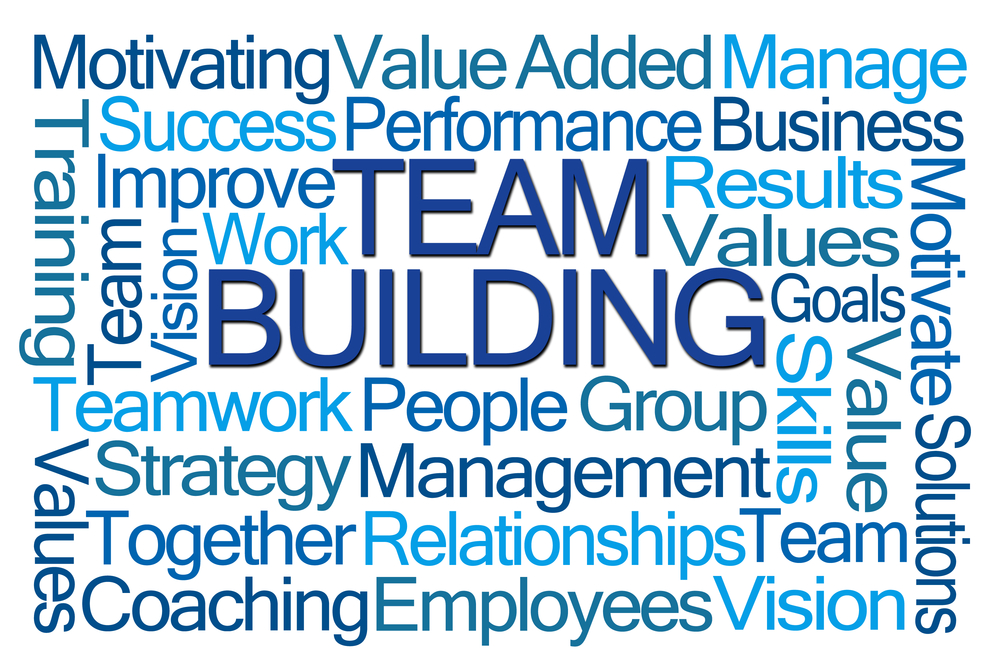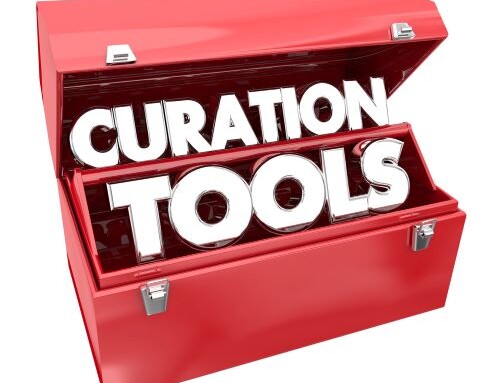The economic crises faced by many organizations during the covid crisis left leadership scrambling to figure out how to fortify their business. One of the best ways to do so is by fostering an engaged, productive, and motivated workforce.
This is easier said than done, but mainly because many managers lack the knowledge of how to achieve it. Here are five solid strategies for building a powerhouse workforce that provides real value to the business.
- Improve Training to Increase Job Satisfaction
Are employees happy working work in silos or do they prefer a collaborative approach? Are employers expecting too much or being reasonable in their expectations? The solution to these quandaries is striking a balance.
Thorough training can help organizations strike this balance. Good training is not just about knowing how to perform the job, it is about loving the job and their co-workers, and buying into the company culture. Employees will perform better and go the extra mile if they feel valued and appreciated, and that their efforts are contributing to the bigger picture. Employees want to know they are making a positive impact. Effective training can accomplish all the above.
- Make Clear to Employees the Value of Their Contributions
There are three types of workers – achievers, slackers, and those employees that fall in the middle. Achievers are producers. In fact, a Harvard Business Review study demonstrated that one out of every 250 sales reps generate a staggering 60% or more of a company’s total revenue and earn as much as 50 times more revenue as their underperforming peers. (1)
Slackers cost American businesses over $500 Billion in lost efficiencies per year. The mid-point employees make up most of the workforce and, at the same time, lack the motivation to improve. Why?
- They were once achievers and gave up when they felt that it led nowhere.
- They noticed there was no payoff to their hard work and slackers got away with doing little work.
- They are not happy with their job whether that is due to bad management, a toxic culture, or the job/company simply not being the right fit for them.
Workers who struggle need someone to provide instruction and direction. Signs of a struggling worker include giving repeated instructions, inability to see a need, and “jump in” and a dependence on continuous validation for work that has been done for the same process.
How can leadership correct these issues? Better candidate vetting is one way and better training is another. In some cases, the culprit is underlying issues within overall company processes as well as the communication structures themselves. One example of this is employees going through the motions of completing tasks versus understanding the process and their role in it.
An accountant who is responsible for inventory but only performs data entry instead of being involved in the actual inventory process is a perfect example of a lost productivity issue. She may understand the correct application of line entries but will fall flat in understanding the correct method of depreciation, first-in/first-out setups, inventory shortages or merchandise returns, and so forth. While these may seem like minor adjustments that can be dealt with as needed, they can have a greater impact such as with Whole Foods when the wrong depreciation model was used resulting in vast discrepancies between stock predictions and outcomes leading to significant losses for the company in the mid-2000s. (2)
It is also imperative to ensure that employees are cross-trained and able to take on additional duties as necessary. This enhances productivity when and if the need arises.
- Encourage Positive Behavior Modeling
Employees need consistency, especially during challenging times and/or high-pressure situations. For this reason, it is essential for leadership to exhibit behaviors that employees can feel confident emulating. Why? High stress can lead to employee agitation, greater sensitivity, easy misinterpretation, anger, feelings of injustice/inequality, and feeling like they are not heard or valued. This is exactly why behavior modeling, including the way leadership handles stress, should be a priority.
- Do you want the full focus of employees during meetings? Managers should turn off distractions like cell phones and minimize interruptions themselves.
- Do you want to build a strong corporate culture? It starts and ends with leadership. They should avoid playing favorites, listen to both positive and negative feedback, eliminate toxic behaviors and encourage employees to do the same, show genuine appreciation and actively work with the team including rolling up their sleeves and getting in the trenches.
- Do you want to solve more problems? Ask employees leading, open-ended questions, and encourage them to come up with solutions. Promote independent thinking and demonstrate trust.
- Do you want less resistance to change and/or decisions? Get employees involved early in the process and often. Follow-through with the same policies and do not make any employees exempt.
- Define Employee Happiness
Happiness comes from within, not from external factors such as a job, a relationship, status, or financial gain. Leadership needs to ensure that employees are satisfied with, content in, and fulfilled by their job, but this is different than feeling happy. How can this be made clear from the beginning so that employees do not expect the company to “make them happy?”
Manage the “happiness comes from my job” expectation from day one!
Perks such as memberships, free meals, and paid training/college reimbursement may attract employees initially but sustaining that “happy glow” is challenging. This is because employees can only offer so much in terms of compensation and benefits. This is where incentive programs can prove valuable.
The key to incentive programs is to build them around short term goals that result in long term behaviors. This, combined with the internal motivators that drive and continuously motivate workers, is what leads to job satisfaction and longevity. How do companies find this balance?
It is important to note that not all employees are motivated and driven by the same factors. Management should hold one-on-one meetings with each employee on a regular basis to understand these unique motivators. From there, leadership can structure incentive programs that are truly effective and not merely a bullet point to add to a job title.
- Demonstrate Compassion and Authenticity
If 2020 has taught people anything, it is that compassion and authenticity are two of the most important qualities to demonstrate. Leadership needs to recognize and accept that it is not about the “company.” Rather, it is about the employees (that is, the people who drive the processes) that are essential to success. When leaders focus on letting employees know they are truly seen, heard, valued, and appreciated, the positive effects will trickle down to their customers.
The pandemic has made people keenly aware that life isn’t just about work. The ability to encounter and cope with challenges, trusting people to do their best, and giving them the skills and tools to do so are all part of the new “vulnerable but whole” world dynamic. It is a softer yet more raw outlook, as well as a more demanding, agile, volatile, innovative, and collaborative workforce. Leadership that can navigate this new dynamic of sensitive realism with agility will outpace their competitors.
No business can succeed without hardworking, dedicated, and productive employees that consistently perform to the best of their ability. The strategies outlined above provide a road map that leadership can follow to strengthen their workforce.
Uncertain times call for creative leadership. Contact Gavel International to be inspired with solutions that connect and engage your people.
____________________________
SOURCES:
1) https://hbr.org/resources/images/article_assets/hbr/1012/F1012Z_A_lg.gif
2) https://www.hbs.edu/faculty/Pages/item.aspx?num=47757
This article was last updated on November 23, 2022
- Unlocking Excellence: The 7 Traits of Top Performers and Their Impact - April 14, 2025
- Why Content Is Essential for Driving Leads – and How to Create Content That Does - March 3, 2025
- Branding vs. SEO: Striking the Perfect Balance - February 10, 2025






